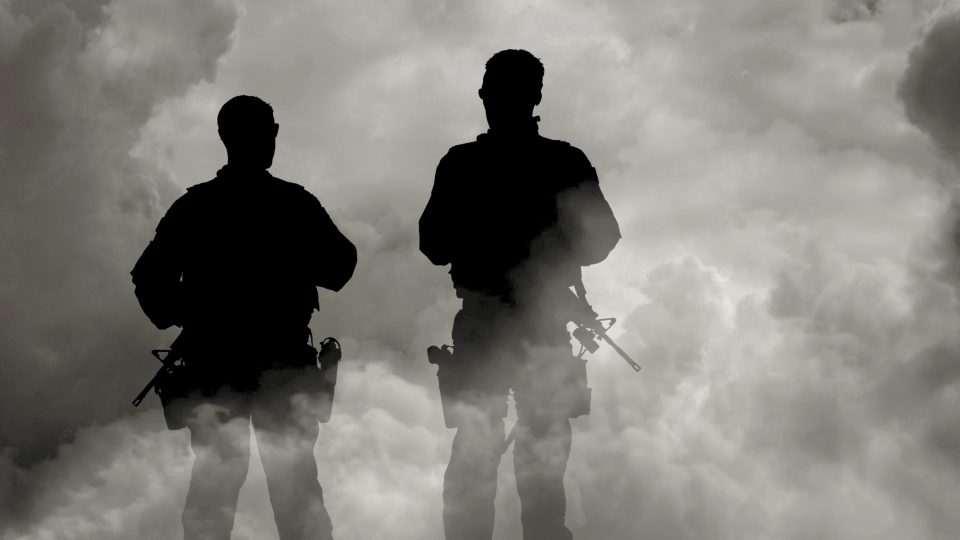January 11, 2016
'The ISI is bound to exploit narcoterrorism.'
Lieutenant General H S Panag (retd) was one of the Indian Army's finest generals.
General Panag, PVSM, AVSM, VSM, was the GOC-in-C, Northern Command, which is deployed in Jammu and Kashmir and is responsible for guarding about 1,896 km of India's disputed borders with China and Pakistan, including the Line of Actual Control, the Actual Ground Position Line, the Line of Control, as well as the International Border.
The general discussed the Pathankot attack with Archana Masih/Rediff.com in a two-part interview.
Part 1 of the interview: Pathankot: 'Luck saved us'
Were we caught off guard in spite of the intelligence?
The ISI and terrorists have exploited the drug nexus that exists on either side of the border. Superintendant of Police Salwinder Singh's role is suspect. He could also be an innocent victim, but there are too many unanswered questions.
This nexus has been there for quite some time. The BSF, the Punjab Police and the Punjab politicians are all involved in the drug trade.
There is no difference left between the infiltration of terrorists and smugglers. Everybody is out to make money so it doesn't matter to them. This is how the information has emerged.
Once Salwinder realised that he has been trapped or to cover his tracks he gave the information to the police. The case is under investigation by the NIA.
There were multiple Commanders from different agencies coordinating the operation. Why don't we learn from the past because the same thing happened in the Mumbai attacks?
The army and air chief handed over their domains to the NSA.
Did they have a choice? What could they have done?
When I was GOC-in-C, Northern Command, even if my own chief tried to do micro management -- I would tell him, "Sir, please give your directions and leave the details to me."
So the directions should have been that the airbase is the target, take necessary action. Period. They allowed him (National Security Adviser Ajit Doval) to dictate terms and micro manage.












 by Erik Brynjolfsson and Andrew McAfee.
by Erik Brynjolfsson and Andrew McAfee.  by Tyler Cowen.
by Tyler Cowen. 
